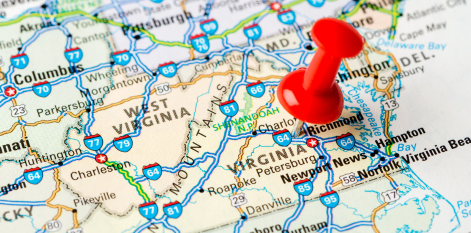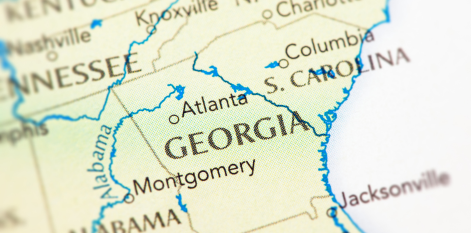In Georgia, playground surface regulations are designed to minimize injuries, ensure accessibility, and promote safe play environments for children of all abilities. These regulations align with national safety standards such as those from the U.S. Consumer Product Safety Commission (CPSC) and ASTM International but also take into account Georgia’s specific environmental needs. Understanding and complying with these rules helps create playgrounds that are both fun and safe for kids.

Key Safety Standards and Guidelines
CPSC Guidelines
The CPSC recommends that playground surfaces extend at least 6 feet beyond the edge of any play equipment. For taller structures, the surfacing should extend even further to account for potential fall trajectories. The material used must offer adequate shock absorbency to minimize the impact of falls, which are one of the most common causes of playground injuries.
ASTM Standards
- ASTM F1292: This standard measures the impact attenuation of playground surfaces. Surfaces must reduce the impact force of falls to prevent life-threatening head injuries.
- ASTM F1951: This standard assesses the accessibility of surfaces, ensuring they are usable by children with mobility aids like wheelchairs or walkers.
These ASTM standards form the basis of what constitutes a compliant and safe playground surface in Georgia.
Recommended Surfacing Materials
The type of surfacing material plays a key role in both safety and accessibility. Georgia playgrounds commonly use the following:
Loose-Fill Materials
- Engineered Wood Fiber (EWF): A popular option due to its natural appearance and good impact absorption. However, it requires regular maintenance such as raking and topping off to stay effective.
- Rubber Mulch: Made from recycled rubber tires, it provides excellent shock absorption and doesn’t decompose. However, it must be kept contained to avoid displacement.
Unitary Surfaces
- Poured-in-Place (PIP) Rubber: This is a seamless, low-maintenance surface that provides consistent fall protection and is ADA-compliant. It’s a preferred option for schools and parks with high usage.
- Rubber Tiles: These interlocking tiles offer uniform cushioning and are easy to install or replace, although the seams can sometimes create tripping hazards if not installed properly.
Each material has its pros and cons, but all must meet the fall height and accessibility standards to be used legally in Georgia playgrounds.
Proper Installation
For loose-fill materials, it’s essential to ensure the right depth (usually between 9 to 12 inches depending on material type) to cushion falls effectively. Unitary surfaces like poured rubber or tiles must be installed on level ground with proper sub-base preparation to ensure durability and consistent safety performance.
Routine Maintenance
- Inspections: Regular inspections should be done to check for displacement, compaction, or wear, especially in high-traffic zones.
- Topping Off: Loose-fill materials often need to be replenished over time to maintain appropriate depth.
- Cleaning: All surfacing types should be kept clean and free of debris to reduce hazards and improve aesthetics.
Consistent maintenance helps ensure long-term safety and performance.
Accessibility Considerations
Georgia regulations also emphasize inclusive play. Surfaces must comply with the Americans with Disabilities Act (ADA), meaning:
- The surface must be stable, firm, and slip-resistant to allow use by children with mobility devices.
- There must be accessible routes from the playground entrance to the play equipment itself.
Surfaces like PIP rubber and rubber tiles are ideal for meeting these accessibility requirements, while engineered wood fiber must be installed and maintained correctly to stay compliant.
Conclusion
Georgia’s playground surface regulations are built around national safety and accessibility standards, enhanced by local adaptations. Whether you’re managing a community park, school playground, or private play area, it’s essential to choose surfacing materials that are safe, durable, and compliant with ASTM and ADA standards.
At Custom Park Surfacing, we specialize in designing and installing playground surfaces that meet all Georgia state and federal regulations. Our team ensures your play areas are not only compliant but also engaging and inclusive for every child. Reach out today to learn how we can help you build a safer tomorrow!




